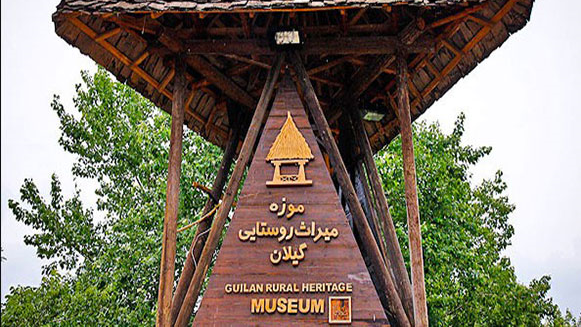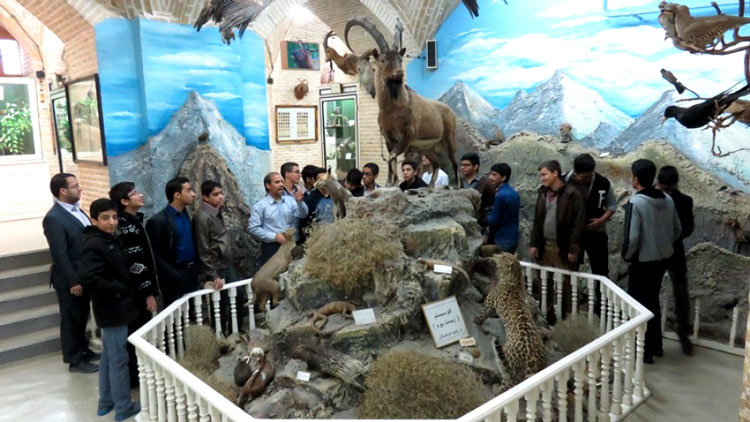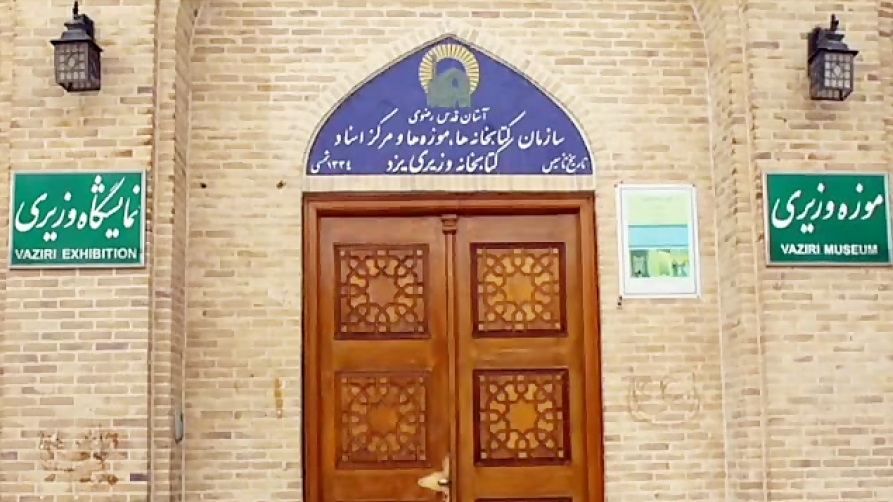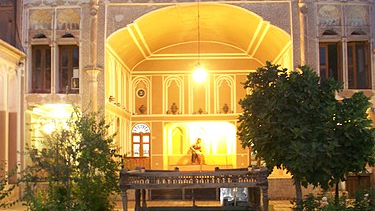
Muharram Museum of Tabriz; A place to Learn about the Traditions of the People of Azarbaijan
Muharram is the first month of the Islamic calendar. The tenth day of this month (Ashura) is the anniversary of the martyrdom of Imam Hussain (AS), the third Imam of the Shiites and his companions in Karbala. Imam Hussain is a model of freedom-seeking and struggle against oppression, who refused to compromise in any way with Yazid, the cruel ruler of his time. It has been recorded in history that when Imam Hussain planned to travel to Kufa at the invitation of the people of his city, a huge army stopped him on the way. Then, in an unequal war, they martyred him and his companions and took his family captive. Ever since Muharram has been commemorated all over the world by holding special rituals to honor the great sacrifice made by the Imam, his household, and his companions.
Mourning in the month of Muharram has become a part of the culture of every ethnicity and region in Iran such that in every part of Iran, special symbols and traditions have been created to commemorate Muharram and hold mourning programs for Imam Hossein and his companions. The tradition of mourning among the Azari-speaking people of Iran and the unique and special way it is held is quite famous among Iranians. Therefore, a museum named "Muharram Museum" has been founded in the city of Tabriz to acquaint visitors with this tradition.
Features of Muharram Museum of Tabriz
Muharram Museum can be classified as an anthropological museum; a museum the aim of which to display a part of popular culture of observing Muharram ceremonies. In this museum, some of the symbolic signs and rituals of Muharram in East Azarbaijan are displayed. The statue of Zul-Janah (the horse of Imam Hussain), various collars, flags, small cradles, lamps, candles, writings related to mourning and ta’zieh (eulogy), and old paintings depicting the incident of Karbala can be seen in this museum.
Different Parts of Muharram Museum of Tabriz
At the entrance of the museum, there is a statue that symbolizes Zul-Janah, the horse of Imam Hussain. The first floor of the museum is dedicated to the display of flags and some symbolic mourning tools such as cradles and lamps. One of the tools displayed in this section is thetauq, which is a special flag that has a long steel tab. 10 oldtauqsfrom different villages of East Azarbaijan including Esfanjan village of Osku, Khoshgnab village of Heris, Taze kand village of Heris, Livarjan village of Jolfa, and two flags of Hazrat Abbas from the Zaviyeh and Siah Saran villages of Jolfa are at display on this floor. Thesetauqssymbolize the variety of rituals and ways of holding Muharram mourning in this province. The oldesttauqin the museum belongs to the Bazaar neighborhood of Ahar City, which was built in 1243 AH (1827 AD).
The second floor of the museum has been dedicated to displaying other tools used in ta’ziehs (a live show depicting the details of the Karbala incident). Several tubs belonging to a ceremony known as “Tashtgozari” can be seen in this part of the museum. People filled the tubs with water during the Muharram ceremonies a sign of the thirst suffered by Imam Hossein’s children on the day of Ashura and then distributed among the people at the end of the mourning ceremony. In addition, several charcoal samovars, which were used to serve tea to Muharram mourners over the years, along with several musical instruments, including cymbals, cymbals, and drums, have also been put on display in the museum.
Where Is the Muharram Museum Located?
This museum has been founded in a house belonging to Dr. Sehati, who was one of the famous physicians of the Qajar and early Pahlavi periods (early 20th century). Dr. Abolqasem Sehati was a skilled physician and because of his devotion to Imam Hussain, he used to turn his house into a place for holding mourning ceremonies during Muharram. After Dr. Sehati’s demise, his children continued with this tradition.
The 409 square meter large house of Dr. Sehati was built at the end of the Qajar period. The facade and the beautiful entrance of the house have been decorated with bricks. A vestibule and some old round staircases connect the entrance to the courtyard. The house has a basement and two floors. There is a pond, a storage room, and a cellar in the large basement of the house. A large hall has been built on the second floor on both sides of which there are some private rooms. This part of the building was used to receive guests.
The name of this building was inscribed in the list of national heritage of Iran in 1999, and in 2008 it was turned into a museum of anthropology.
Muharram Museum of Tabriz can be classified as an anthropological museum the aim of which to display the culture of observing Muharram ceremonies.
| Name | Muharram Museum of Tabriz; A place to Learn about the Traditions of the People of Azarbaijan |
| Country | Iran |
| State | East Azerbaijan |
| City | Tabriz |

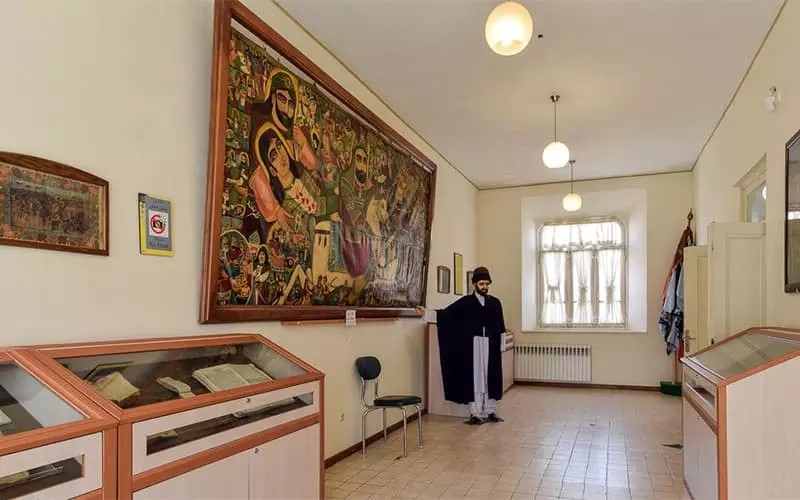
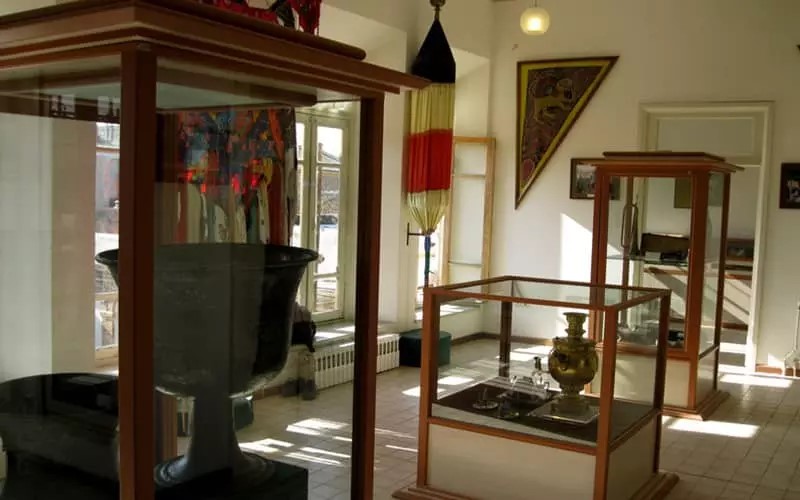
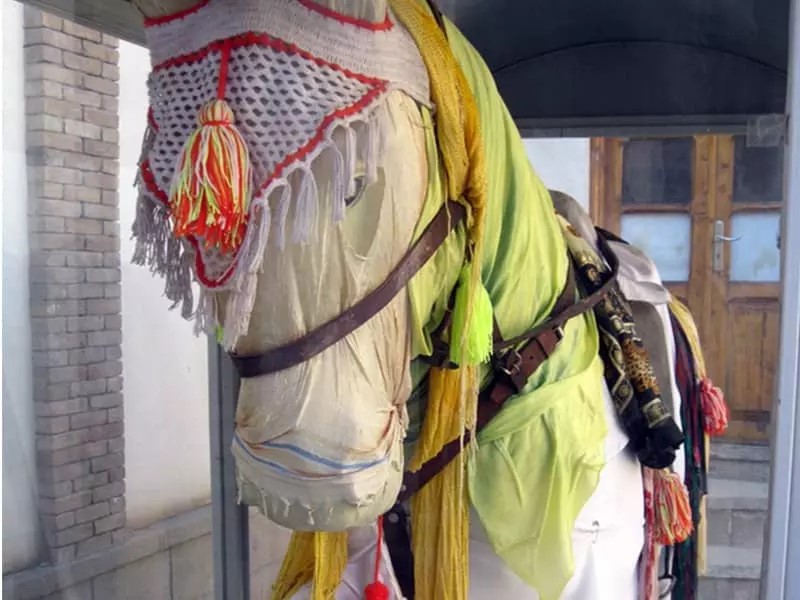
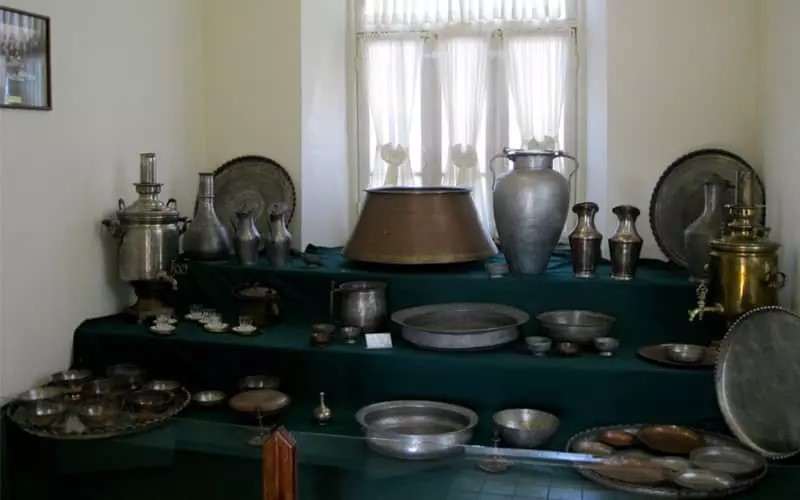
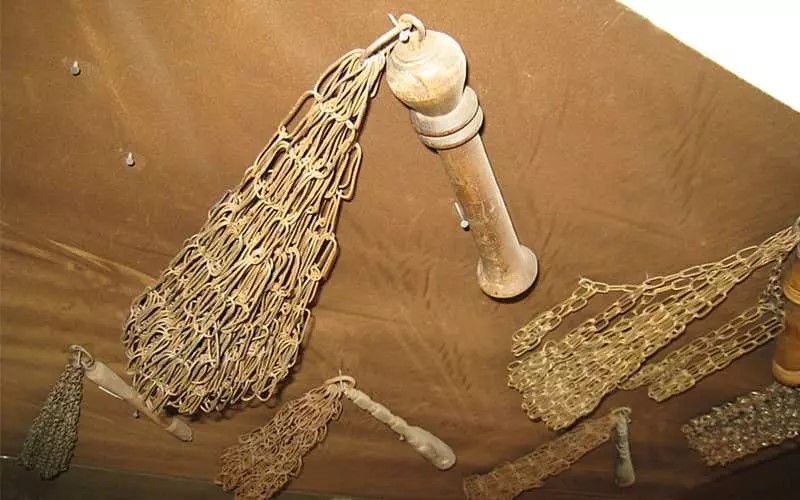
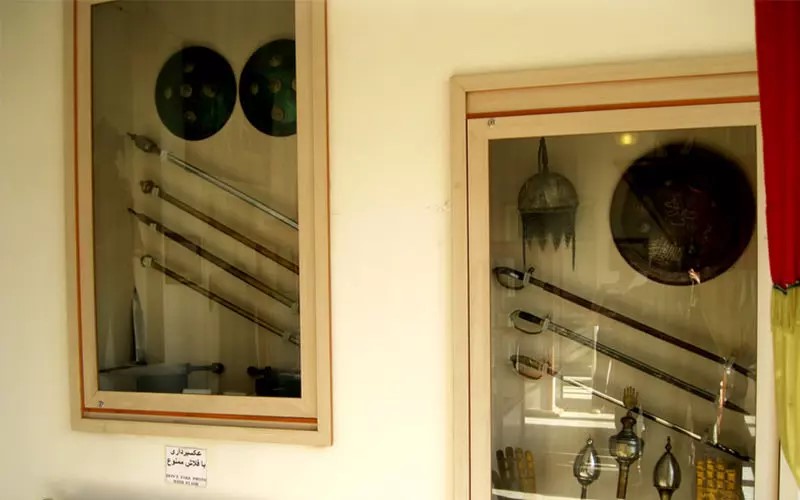
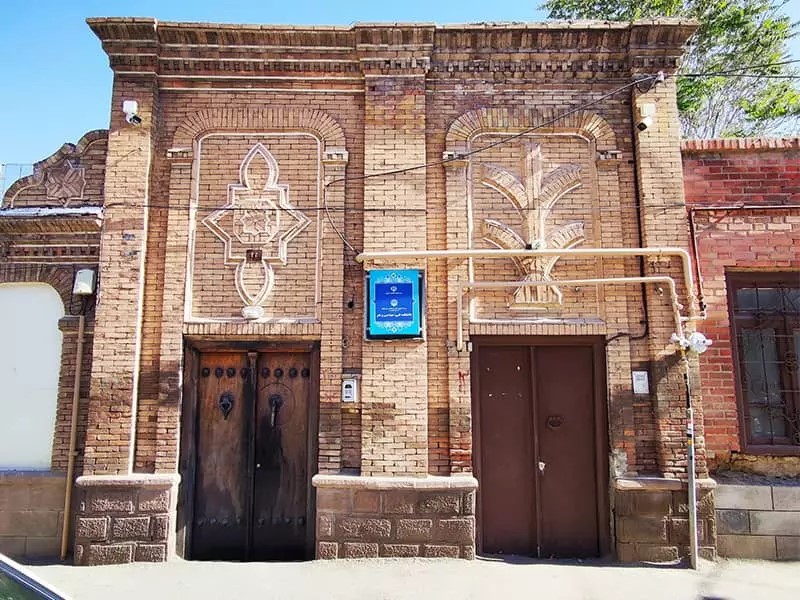








Choose blindless
Red blindless Green blindless Blue blindless Red hard to see Green hard to see Blue hard to see Monochrome Special MonochromeFont size change:
Change word spacing:
Change line height:
Change mouse type:
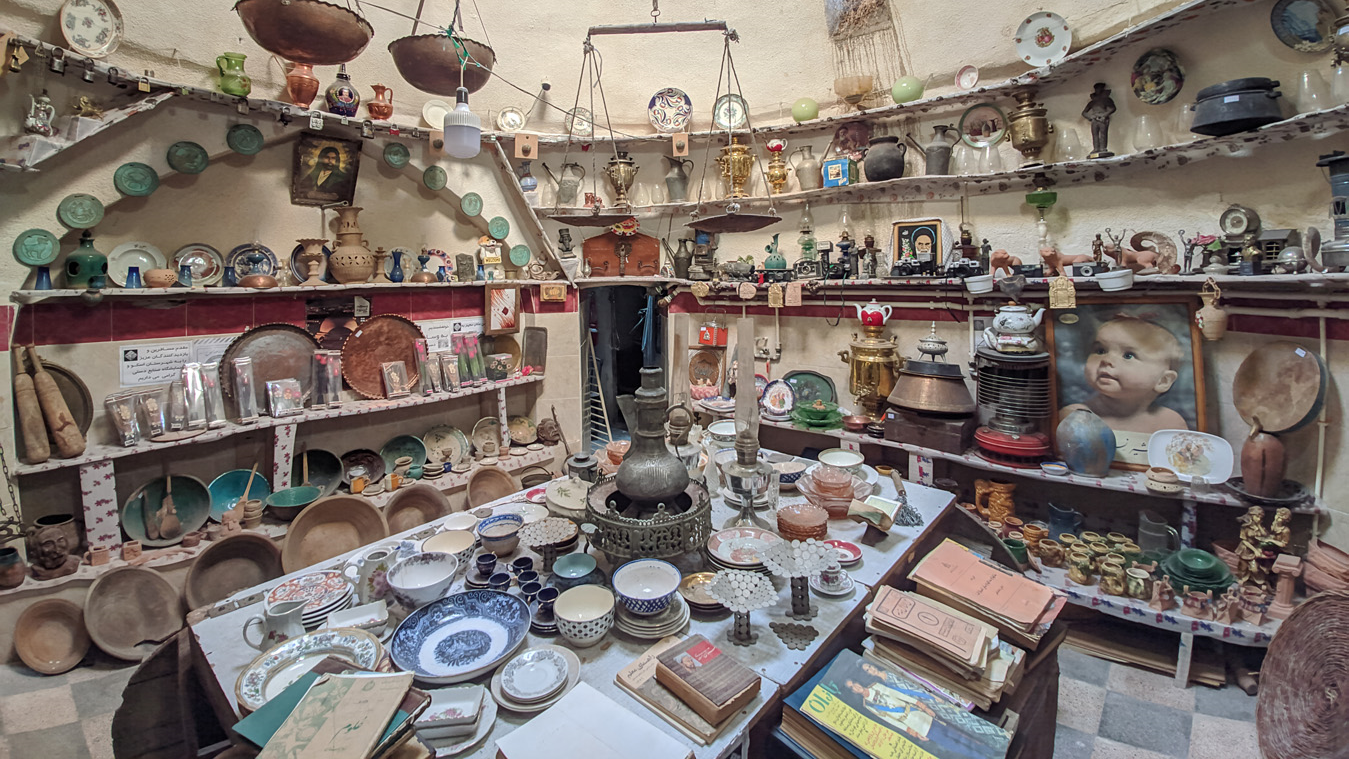



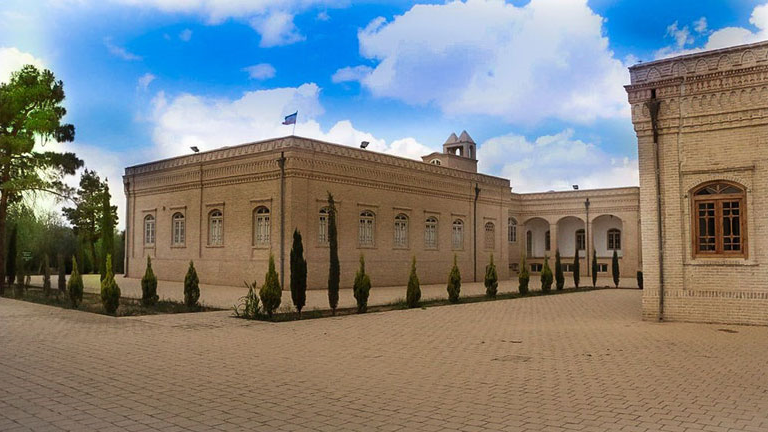
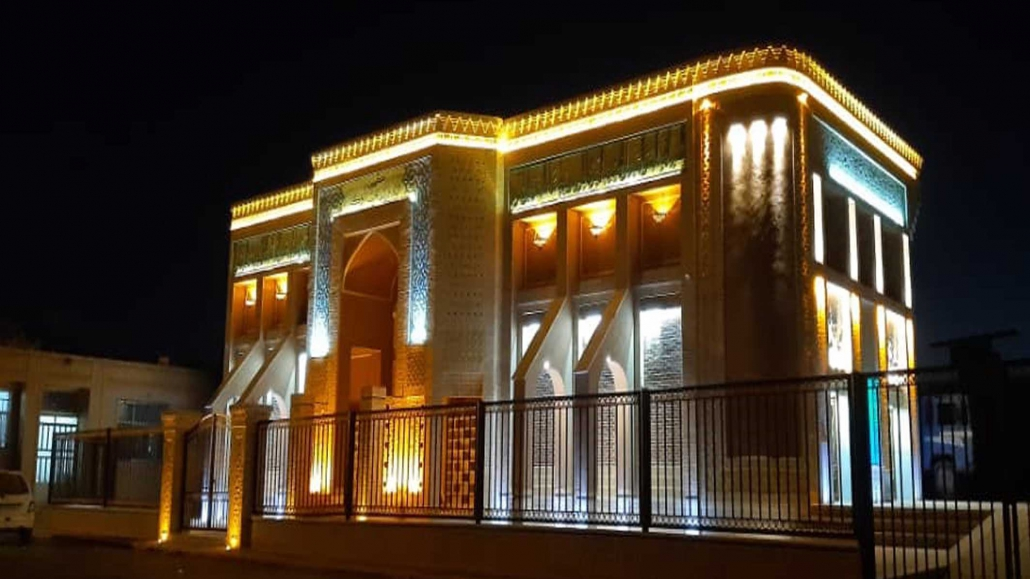
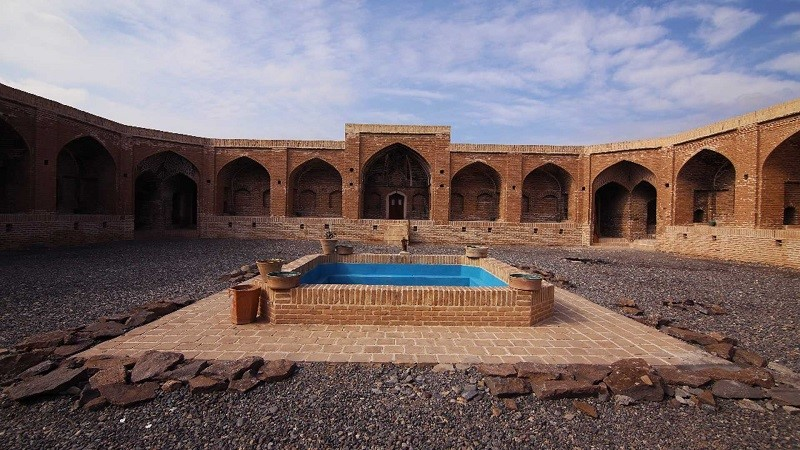

 ابرکوه_crop_3.jpg)
